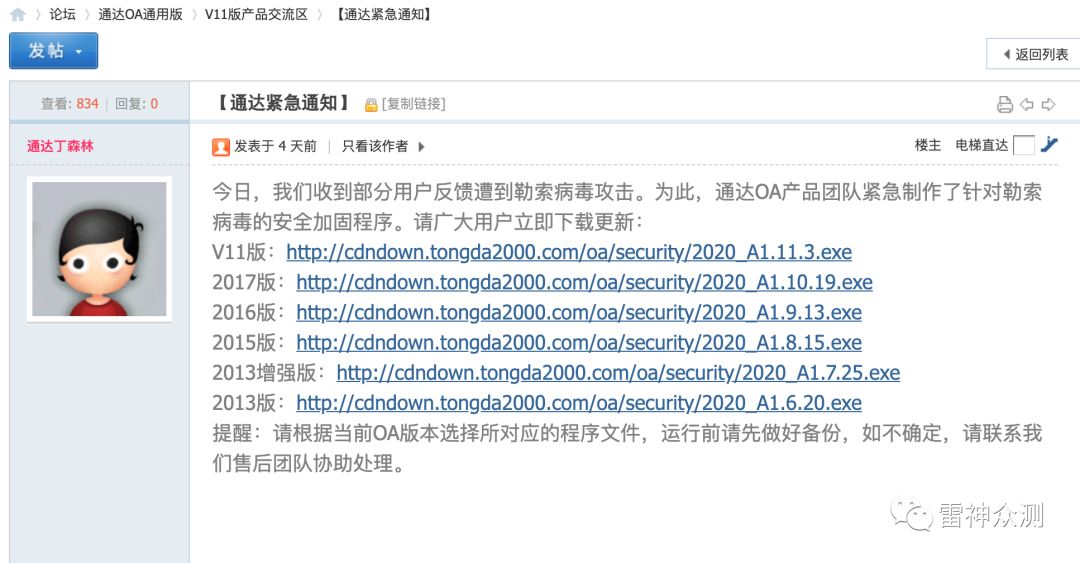I am trying to output a table using pander in a .rmd file as a pdf with 2 digits following the decimal point, but I get no digits using the following rmd:
---
title: "Long table test"
output: pdf_document
---
Here is a table:
```{r setup}
library (data.table)
library (pander)
set.seed(1984)
longString <- "description string"
dt <- data.table(id=c(1:3),description=rep(longString,3),value=rnorm(3,mean=10000,sd=1))
```
```{r pander-table}
panderOptions('round',2)
panderOptions('digits',2)
panderOptions('keep.trailing.zeros',TRUE)
pander(dt, split.cell = 80, split.table = Inf)
```
results in
-------------------------------
id description value
---- ------------------ -------
1 description string 10000
2 description string 10000
3 description string 10001
-------------------------------
Would like to see
----------------------------------
id description value
---- ------------------ ----------
1 description string 10000.41
2 description string 9999.68
3 description string 10000.64
----------------------------------
Setting round doesn't have any direct influence on the number of digits (though some indirect influence due to potentially rendering digits insignificant (0)). The main problem here is pander doesn't allow you to set the nsmall parameter of format() which would set
the minimum number of digits to the right of the decimal point in formatting real/complex numbers in non-scientific formats. Allowed values are 0 <= nsmall <= 20.
But since pander only feeds numeric values to format() you can simply work around this by feeding the values as.character() to pander:
library (data.table)
library(magrittr)
library (pander)
set.seed(1984)
longString <- "description string"
dt <- data.table(id = c(1:3),
description = rep(longString, 3),
value = rnorm(3, mean = 10000, sd = 1))
pander(
x = dt %>% mutate(value = value %>% round(2) %>% as.character()),
split.cell = 80,
split.table = Inf,
justify = "ccr"
)
which results in:
------------------------------------
id description value
---- -------------------- ----------
1 description string 10000.41
2 description string 9999.68
3 description string 10000.64
------------------------------------
The ?panderOptions page says 'digits' is passed to format where it is interpreted as the number of "significant digits". Significant digits really have very little to do with decimal places. You can have 2 significant digits in a decimal value of 0.000041. You can see the effect of your parameter on your format()-ed values:
> format(c( 10000.41, 9999.68, 10000.64 ), digits=2)
[1] "10000" "10000" "10001"
You do want to keep the "round" option at 2.




